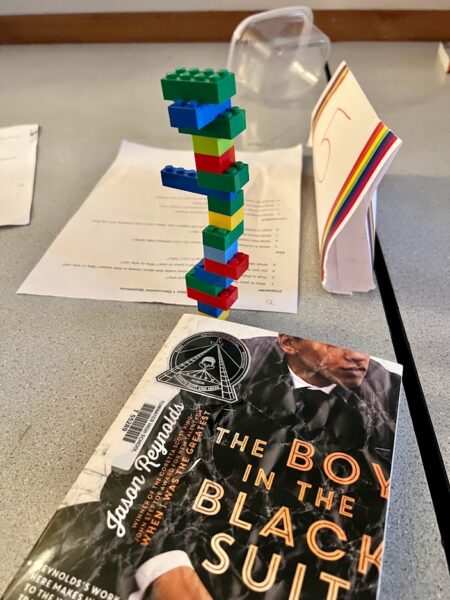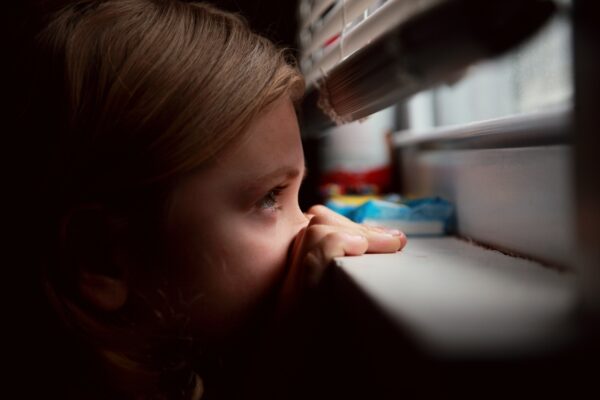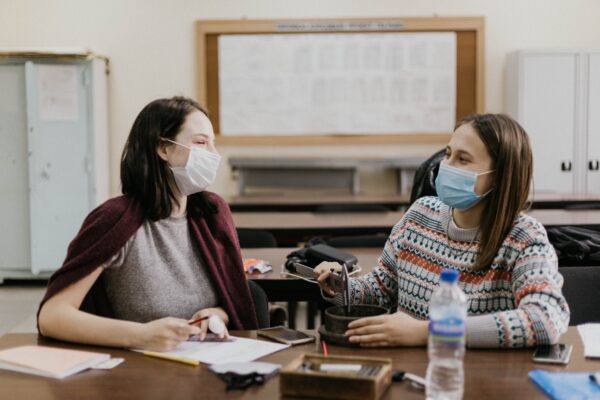Legos for Big Kids
A few weeks ago in one of my classes, I used Lego blocks in a small group discussion. Each student was given a different color and they added to other blocks when they contributed to the discussion, asked a question, or started a new thread.
My goal was to have every student participate and the legos as a visualization tool was meant to help them see their own contributions and monitor the flow of discussion within the group.
I brought this up in an equity team meeting when we were planning our next staff training and the idea stuck. Though, it manifested in a more metaphorical sense for our district wide equity work.

Constructing Knowledge
As with most schools around the state, and around the country, our building staff approaches the idea of “equity work” from very different perspectives. Some see it as essential to every part of teaching and learning while others are skeptical of equity practices. Some believe they are already meeting expectations, while others view the concepts as indoctrination or reverse racism.
With that broad spectrum of thought, it’s a little daunting to plan a full staff equity training that everyone can find meaningfully learn from.
Let’s dig into the lego metaphor.
As someone who is seen as “all in” on equity work, I think, sometimes, people think my beliefs, learning, and practices look a little something like this:
Yellow could represent the podcasts and news sources I consume. Green might be how I vote. Blue could be the teacher leadership equity framework class I completed. Purple can stand for the shelf of antiracist and social history books I have read (and re-read) and red might show my work with student leaders.
Some may view my very linear lego tower as the only way to “do equity” and if so, then it’s not for them.
But really, there are many ways to learn and construct knowledge. As educators, we know this. No two class periods are alike, even at the same grade level, with the same content. I am constantly revamping my curriculum because this years’ students need something different than previous years.
We might all be given similar “blocks” of information, but we are going to make very different constructions, based on myriad factors like our perspectives, backgrounds, values, and experiences.
They might consume very different or much more news than I do, so their yellow news block might actually be orange, or three times the size. Maybe they are the duck in the middle.
Similarly, the tower with pink is different from mine, as that brain is probably bringing in entirely different experiences to their learning. I am a white, cis, straight woman, so my identity narrows and limits my lens.
My lego blocks create a tower that is incomplete, and just represents one way of learning and growing as an equitable educator.
Widening Our Perspectives
Often, our staff cites feeling frustrated that equity work isn’t going anywhere; “We’ve been talking about this for years.” They might be expecting a linear tower that leads somewhere like steps on a staircase. But, while we are always building on prior knowledge, this work is far from linear.
Similarly, staff want concrete action steps to feel fulfilled and successful. They might take in the information in our training, but want action steps; “Okay, so what do I do about that?” Teachers are used to problems with solutions; lesson plans with measurable outcomes.
But, the reality is, box checking equity or “checkquity” work isn’t lasting, effective, or substantial.
Staff disengage when they feel like they don’t have a seat at the table, just like our students do. So our hope with introducing this lego idea is that our staff would widen their perspectives and –to add yet another metaphor here– pull up a chair.
We want them to give themselves the grace for not having a full tower, or even a tower at all. Making a square, a triangle, or even a duck is a valid form of engagement and learning.
There’s no one right way to do equity work. As long as we’re doing it.



